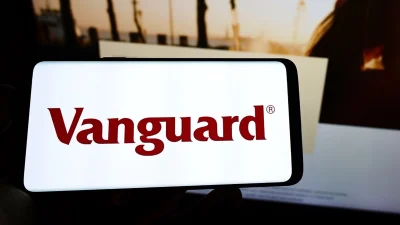Manufacturing powers grow in emerging markets, says HSBC Index
Manufacturing output and new orders growth in emerging market economies recorded the highest expansion since Q2 2004, according to the latest HSBC Emerging Markets Index (EMI).
The growth, combined with robust service industries data, outperformed developed nations — reaffirming that emerging markets are the vanguard of global economic recovery. The EMI rose to 57.4 in Q1 of 2010, which was up from 56.3 in the last quarter of 2009 and significantly higher than six quarters ago when the index hit 43.4. Manufacturing output rose to 58.6 from 56.5 and services business activity climbed to 56.5 from 56.1.
The improvements signalled the fourth consecutive quarterly increase in emerging markets manufacturing and service output and the fastest rate of expansion since Q4 2007. However, HSBC’s chief economist, Stephen King, warned the latest readings also highlighted future risks — most obviously stemming from inflationary pressures.
The EMI also showed backlogs of work rose in Q1 2010, registering a slightly stronger increase compared to the last quarter of 2009. However, this growth is the largest seen in the four-and-half year history of the HSBC EMI series and suggests that increasing numbers of companies will look to expand capacity in coming months. China reported the largest growth in backlogs across both manufacturing and services, with Brazil following in second place.
New orders for manufacturers also continue to grow, according to the EMI findings. Growth was experienced across all countries apart from Russia, with the strongest growth recorded in Taiwan and Israel followed by China, the Czech Republic, India and South Korea.
While inflation is still below that seen before the onset of the economic and financial crisis, the average input costs rose to the greatest extent in six quarters during Q1 2010. The overall rise was led by manufacturing which saw input costs accelerate sharply from the previous quarter.
Recommended for you
Global X has painted a worrying picture for active ETFs in Australia, with investor adoption proving uneven and the popularity of its low-cost index counterparts only growing stronger.
Australian equity ETFs attracted record inflows of $3.2 billion in 1Q25, while heightened volatility led to a decline in flows for global equity ETFs, according to Vanguard.
The failure of a clinical trial by biotech firm Opthea has caused shares in its backer Regal Partners to decline 52 per cent year-to-date and hit its funds under management, quarterly flows show.
GQG Partners has revealed its quarterly flows for the first three months of 2025 were up 5.8 per cent, after a difficult final quarter of 2024 as a result of institutional redemptions.














